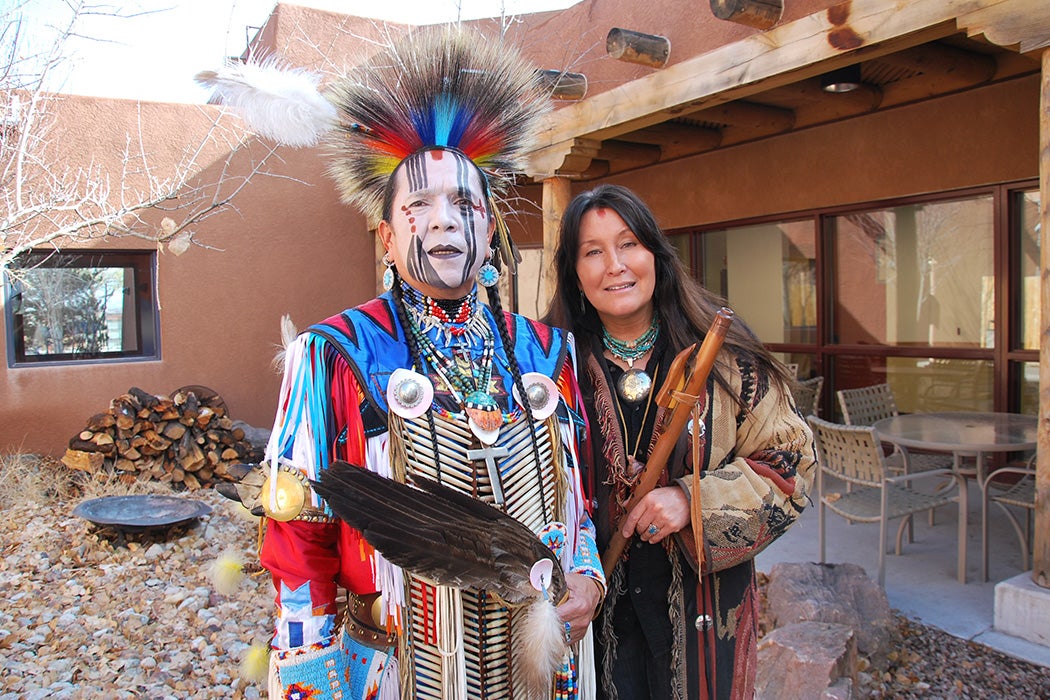In late January or early February, barring pandemic postponement, people from around the world tune into the Grammy Awards to see their favorite musicians compete for these coveted music prizes. The awards have long been criticized for not honoring artists of color. Adele’s refusal to accept the Album of the Year award in 2017, because she thought Beyoncé deserved it for Lemonade, has not seemed to have radically changed this state of affairs.
One approach to exclusionary artistic awards has been to create new and more specific awards organizations. Founded in 1998, around 40 years after the first Grammy Awards were held, the Native American Music Awards (or Nammys) honor and showcase the best Indigenous music from musicians in North America.
Writing in 2006 about the Eighth Annual Nammys, ethnomusicologist James E. Cunningham said “[t]he ceremony was not a mere celebration of achievement, but an important opportunity for the industry to consolidate, identify, and define itself.”
“Unlike the mainstream recording industry, which is controlled by a small number of very large companies, the nascent Native American music recording industry is a diverse collection of small independent labels and self-produced projects,” and so the awards put Indigenous artists in front of Indigenous communities, who are scattered across North America.
“In lieu of major recording sales or support from the mainstream music industry, recognition at the Nammys is one of the few paths towards celebrity within the industry,” Cunningham wrote, describing the Native American Music Awards as first a foremost a show that recognizes the work of Indigenous musicians for the impact of their work in Native American communities.
In turn, having Indigenous celebrities working in traditionally popular genres come to the Nammys helps validate the awards. “Native American celebrity guest presenters at previous ceremonies have also included non-musicians such as actor Wes Studi and professional golfer Notah Begaye II,” Cunningham explained.
Weekly Newsletter
While COVID-19 has led to many music events going online, the Nammys has already used its website to help create a more unified Indigenous music community. Its website promotes the work of nominees and winners through audio playlists and videos.
“By providing an organizational framework and uniting its diverse membership via the world-wide-web [sic], the Native American Music Awards organization has created a virtual music industry,” Cunningham wrote.
Support JSTOR Daily! Join our new membership program on Patreon today.







